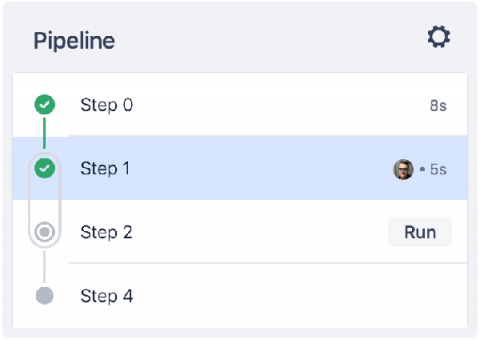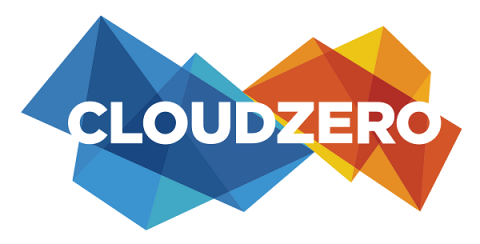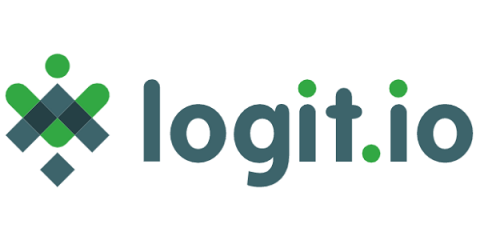Telco and Ubuntu: 2020 roundup
2021 is around the corner and we had such a tremendous journey this year. Like many others, at Canonical, the publisher of Ubuntu, we lived different times and maybe more than ever we saw how important it was to stay connected. Therefore, Canonical continued to innovate in the telco world and brought Ubuntu closer to it, by offering open source systems and supporting the deployment of various applications.











